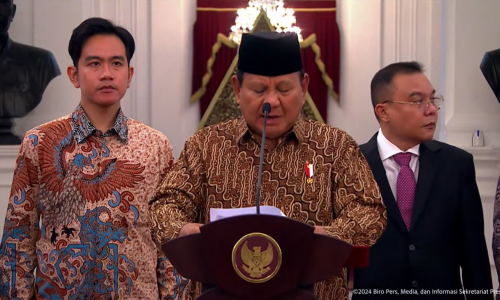The Ministry of Industry is currently drafting a decarbonization roadmap for the cement industry, to be implemented through a Ministerial Regulation by 2025.
“We hope this roadmap can be completed by 2024-2025, with the regulatory framework finalized by 2025, allowing for implementation from 2025-2050,” Putu Nadi Astuti, Director of the Cement, Ceramics, and Non-Metallic Mineral Processing Industries at the Ministry of Industry said on Tuesday, June 5, 2024.
The ministry will detail the technical aspects of carbon emission reduction for the cement industry, including interval decarbonization targets and action plans to achieve net zero emissions (NZE).
The roadmap will focus on strategies such as reducing the clinker-to-cement ratio, switching to alternative fuels, energy efficiency, innovative technology development, and supportive government policies for NZE.
Although the roadmap will only be officially adopted next year, efforts to reduce emissions in the cement sector have already begun, including energy efficiency using biomass and decarbonization technology.
Putu Nadi emphasized the necessity of this roadmap, as the cement sector is a significant global carbon emitter, contributing 8 percent of global emissions as reported by Chatham House.
Decarbonizing Indonesia’s cement industry is crucial for enhancing global competitiveness, especially with tightening carbon regulations on imports, such as the EU’s Carbon Border Adjustment Mechanism (CBAM) set for 2026.
Chairman of the Indonesian Cement Association (ASI), Lilik Unggul Raharjo, highlighted Indonesia’s proactive steps in decarbonizing the cement industry, advocating sustainable practices. The industry has initiated decarbonization efforts, including using alternative fuels like biomass, industrial waste, and refuse-derived fuel (RDF) to substitute coal. The adoption of renewable energy and energy efficiency standards per ton of cement product further supports a cleaner, more efficient industry.
According to ASI, cement sales volume up to August 2019 was recorded at 42.03 million tons, a 2.26 percent decrease compared to the same period last year at 43 million tons.









